Cumin is more than just a pantry staple — it's the unsung hero behind some of the world's most beloved dishes. Whether you're a home cook or a spice-savvy pro, learning how to cook with cumin can elevate your meals from bland to bold in seconds. In this article, we'll dive deep into the earthy warmth of cumin and explore how to use it like a pro, including buying tips, flavor pairings, and mouthwatering recipe ideas.
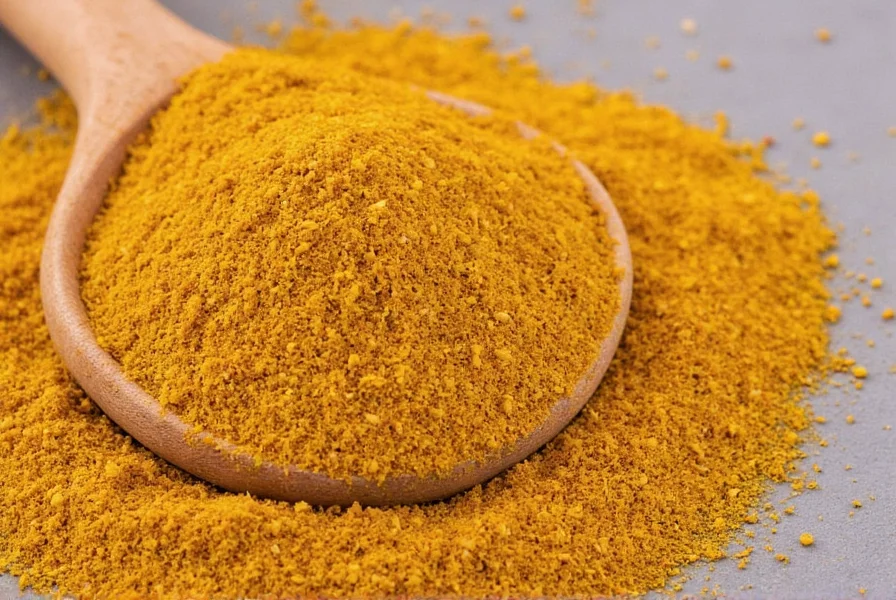
| Form | Texture & Flavor | Best Uses | Shelf Life |
|---|---|---|---|
| Whole Seeds | Earty, slightly bitter, aromatic when toasted | Curries, pickles, soups, tempering | 3–4 years |
| Ground Cumin | Concentrated, nutty, warm | Rubs, marinades, stews, tacos | 2–3 years |
| Spice | Why It Works |
|---|---|
| Coriander | Complements the citrusy note; common in curry powders. |
| Turmeric | Adds color and balances warmth; classic in Indian cooking. |
| Chili Powder | Boosts heat and smokiness, great for Tex-Mex dishes. |
| Ginger | Enhances the warming effect; adds complexity to broths and stir-fries. |
| Garlic | Amplifies the savory layer; essential in Mediterranean dishes. |
| Product | Features | Use Case | Target Audience |
|---|---|---|---|
| SpiceWorld Organic Cumin Seeds | Non-GMO, organic, sustainably sourced | Tempering, pickling, homemade spice mixes | Home cooks, DIY spice blend lovers |
| Golden Earth Ground Cumin | Highly aromatic, fine grind, ethically sourced | Marinades, curries, taco seasoning | Weeknight cooks, professional chefs |
| Exotic Flavors Cumin Pack | Combo pack with seeds and powder, ideal gift set | Exploring both forms, gifting | Spice enthusiasts, beginners |
What Is Cumin Anyway?
Cumin (pronounced KY-mən) comes from the dried seeds of the Cuminum cyminum, a flowering plant in the parsley family. Native to the Middle East and India, cumin has been used for thousands of years not only as a culinary spice but also for its medicinal properties.
There are two main types you'll find in stores:
- Whole cumin seeds: These are typically toasted before grinding or adding directly to dishes.
- Ground cumin: Made by grinding roasted cumin seeds into powder, it's easier to incorporate into rubs, sauces, and batters.
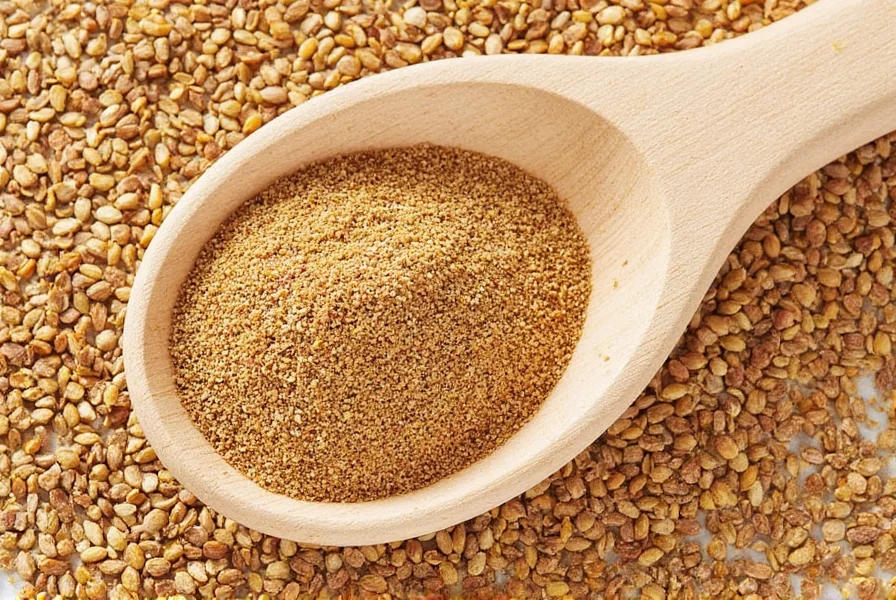
Flavor Profiles: What Does Cumin Taste Like?
Cumin is known for its warm, earthy, and slightly peppery taste. Think of it as the backbone of many spice blends — grounding and enhancing other flavors without overpowering them. Here's a breakdown of its flavor notes:
- Earthy: Similar to fennel or coriander but more intense
- Nutty: Especially when lightly toasted
- Bitter-Sweet: Can have a subtle bitterness if overused
- Pungent: Aromatic when heated
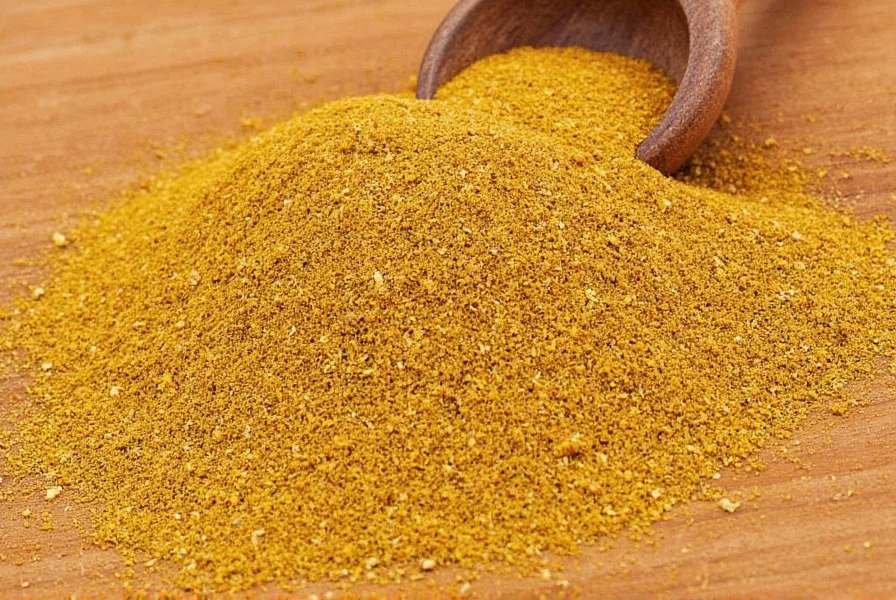
Top 10 Ways to Use Cumin in Your Kitchen
- Toasted in Oil: Heat a bit of oil in a pan, add whole cumin seeds, and toast until fragrant. Add to rice, lentils, or veggies for a flavor boost.
- Spice Rubs: Mix ground cumin with chili powder, paprika, garlic powder, and salt for a smoky rub on chicken or pork.
- Curry Base: The heart of Indian garam masala and curry powders. Always starts the dish off with a sizzle.
- Mexican Magic: Essential in tacos, enchiladas, and chili con carne. Adds depth and warmth.
- Homemade Hummus: A pinch enhances chickpea-based dips and spreads beautifully.
- Bean Dishes: Perfect for black beans, kidney beans, or refried beans. Brings out their natural richness.
- Vegetable Roasting: Toss carrots, eggplant, or cauliflower with olive oil and ground cumin before roasting.
- Flatbreads and Crackers: Sprinkle into dough or top before baking for an earthy crunch.
- Marinades: Combine with lime juice, garlic, and olive oil for a zesty cumin-infused marinade.
- Spiced Popcorn: Toss popped corn with melted butter and a sprinkle of cumin for a unique snack.
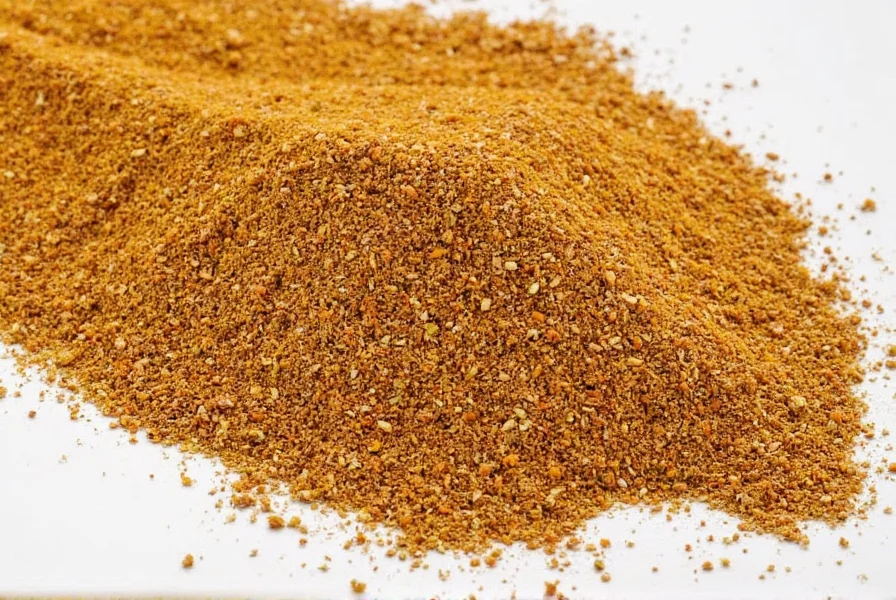
Buying Guide: Choosing the Best Cumin
Not all cumin is created equal. Here's what to look for when shopping for the best quality:
- Fragrance: Fresh cumin should smell strongly aromatic. If it smells stale or dusty, it's likely past its prime.
- Color: Look for uniform color — brownish-yellow for whole seeds, and medium brown for ground cumin.
- Origin: Indian and Middle Eastern cumin is often considered superior in flavor and potency.
- Packaging: Choose air-tight containers or resealable bags to preserve freshness.
Here are some recommended products based on different needs:
Common Mistakes to Avoid When Cooking with Cumin
Even seasoned cooks sometimes slip up. Avoid these cumin blunders:
- Using too much: A little goes a long way. Start small and adjust to taste.
- Burning it: Toast cumin carefully — even 30 seconds too long can make it bitter.
- Adding it late: Cumin needs time to bloom in hot oil or broth to release full flavor.
- Storing it wrong: Keep in a cool, dark place in airtight container. Sunlight and moisture kill flavor fast.
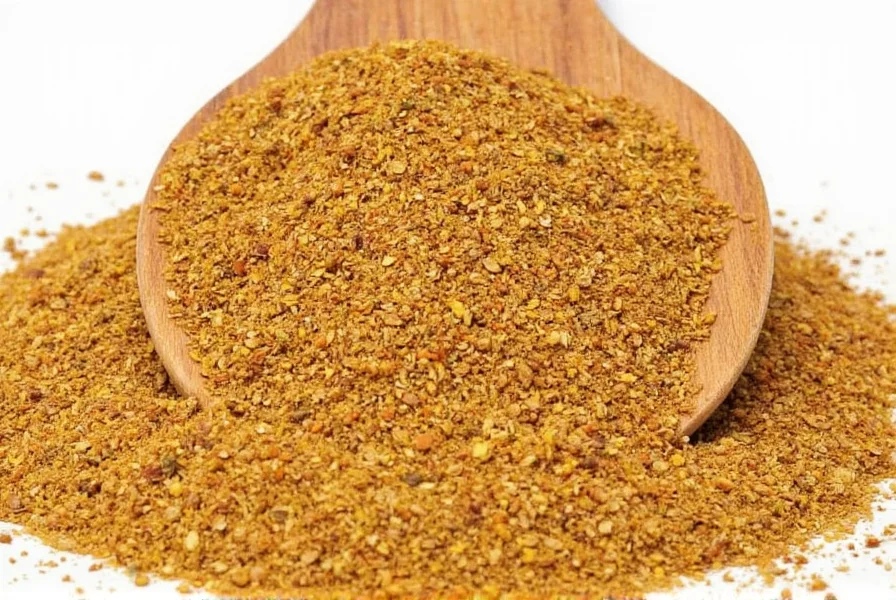
Recipes That Shine with Cumin
Ready to get cooking? Try these cumin-forward recipes:
- Cumin-Roasted Carrots: Tossed with olive oil, honey, and cumin, then roasted until caramelized.
- Black Bean & Sweet Potato Tacos: Infused with smoked paprika, cumin, and lime for a hearty vegan option.
- Chickpea Curry: Simmered in coconut milk with ginger, turmeric, and lots of ground cumin.
- Spiced Lamb Kebabs: Marinated in yogurt, garlic, and a punchy cumin-chili paste.
- Chaat Masala Mix: Blend cumin with amchur, black salt, and coriander for a tangy topping.
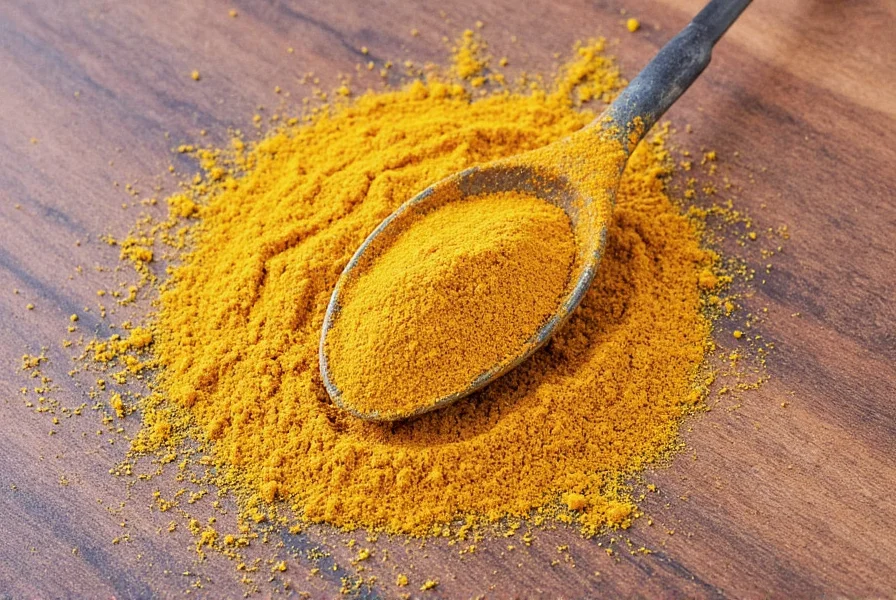
Frequently Asked Questions About Cooking with Cumin
How much cumin should I use in a recipe?
Start with 1/4 to 1/2 teaspoon of ground cumin per serving. Cumin is potent, so it's best to start small and adjust to taste. For whole seeds, use about 1/2 teaspoon per serving. Remember that cumin's flavor intensifies as it cooks, so you may want to add more toward the end of cooking if needed.
Can I substitute ground cumin for whole cumin seeds (and vice versa)?
Yes, but with some considerations. As a general rule, 1 teaspoon of whole cumin seeds equals about 3/4 teaspoon of ground cumin. Whole seeds have a more pronounced, slightly different flavor profile and are best toasted first. Ground cumin blends more easily into sauces and marinades. For the best flavor, toast whole seeds and grind them yourself when possible.
Does cumin need to be toasted before using?
While not absolutely necessary, toasting dramatically improves cumin's flavor. When dry toasted in a pan for 1-2 minutes (or in oil for 30-60 seconds), cumin releases essential oils that create a warmer, nuttier, more complex flavor. Raw or untoasted cumin can taste slightly bitter or dusty. Toasting is especially important for whole seeds, but even pre-ground cumin benefits from brief heating in oil at the beginning of cooking.
How long does cumin stay fresh?
Whole cumin seeds retain their flavor for 3-4 years when stored properly in an airtight container away from light and heat. Ground cumin loses potency faster, typically staying fresh for 2-3 years. To test freshness, rub a small amount between your fingers - fresh cumin should release a strong, warm aroma. If it smells dusty or barely noticeable, it's time to replace it.
Is cumin the same as caraway?
No, though they're often confused. Cumin (Cuminum cyminum) has a warmer, earthier, slightly peppery flavor, while caraway (Carum carvi) has a more distinct licorice-like taste. They're from different plant families and are not interchangeable in recipes. Cumin seeds are larger, lighter in color, and straighter than caraway seeds, which are smaller, darker, and curved.
What dishes is cumin commonly used in?
Cumin is a staple in many global cuisines: Indian curries and dals, Mexican tacos and chili, Middle Eastern hummus and falafel, North African tagines, Spanish chorizo, and many bean dishes worldwide. It's particularly essential in spice blends like garam masala, chili powder, adobo, and berbere. While strongly associated with savory dishes, cumin also appears in some unique sweet applications like certain breads and even chocolate recipes in Mexican cuisine.
Conclusion: Make Cumin Your Secret Weapon
Cumin may not always steal the spotlight, but it's the backbone of countless global cuisines. Whether you're making a comforting stew or experimenting with new spice blends, cumin brings depth, warmth, and a touch of magic to your kitchen. So next time you reach for spices, don't forget the humble cumin — it might just be the missing link to unlocking bold, unforgettable flavor.
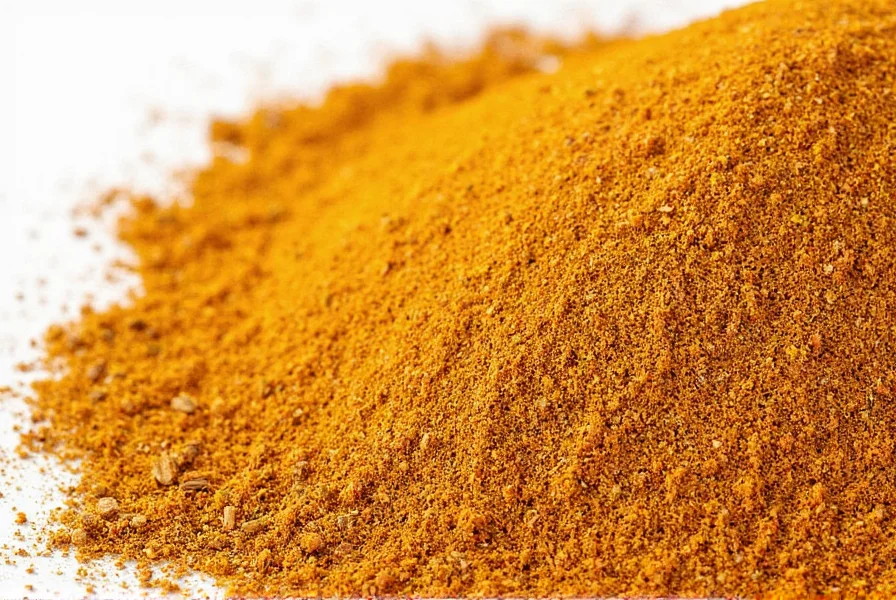

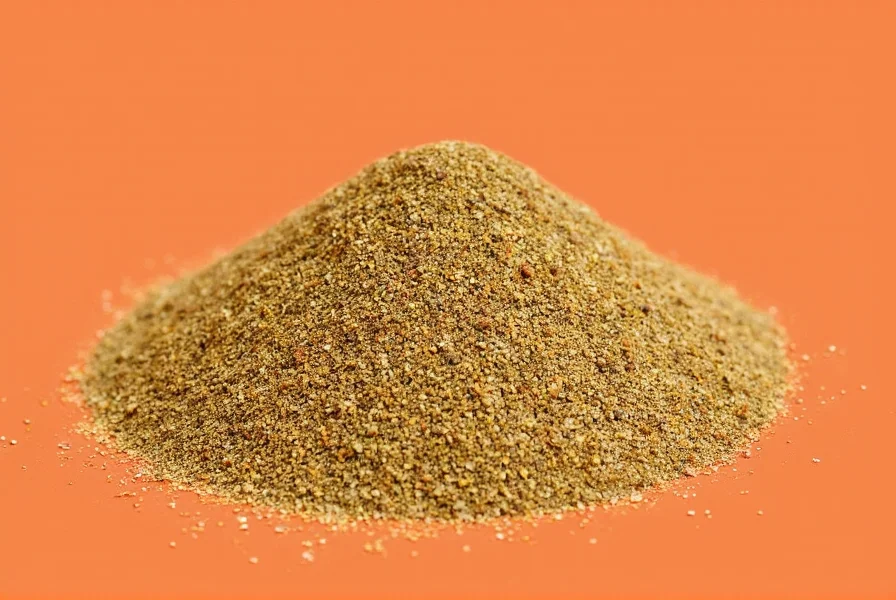









 浙公网安备
33010002000092号
浙公网安备
33010002000092号 浙B2-20120091-4
浙B2-20120091-4